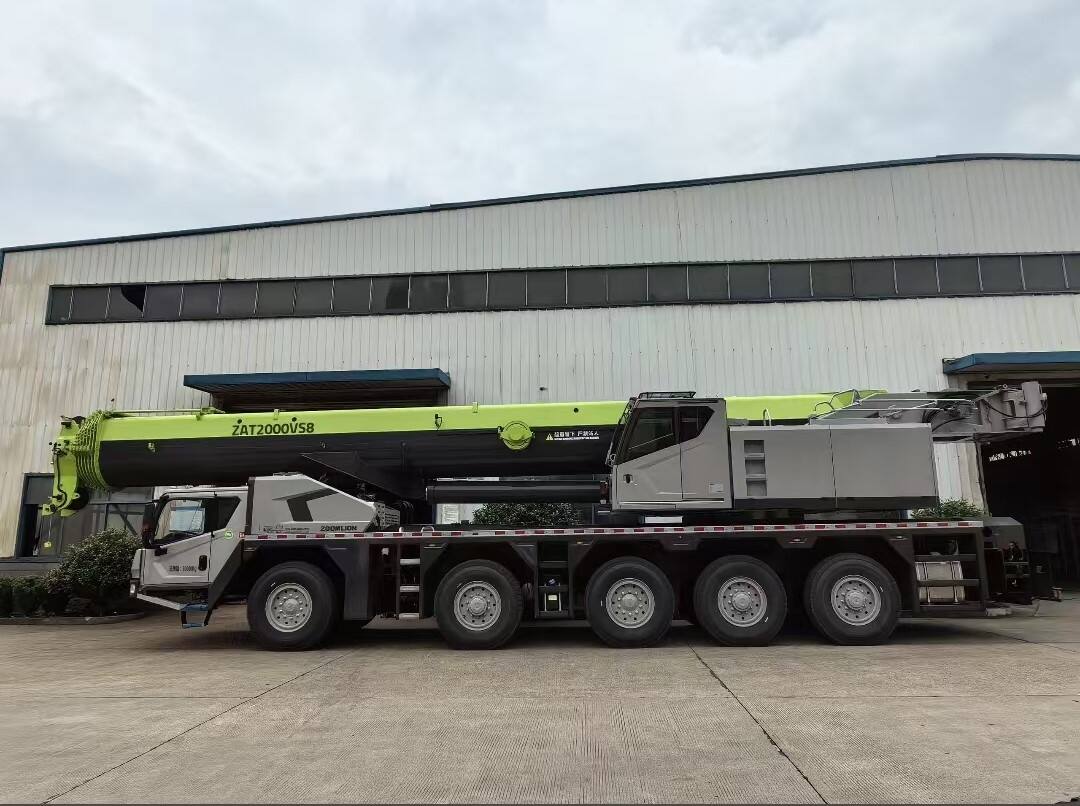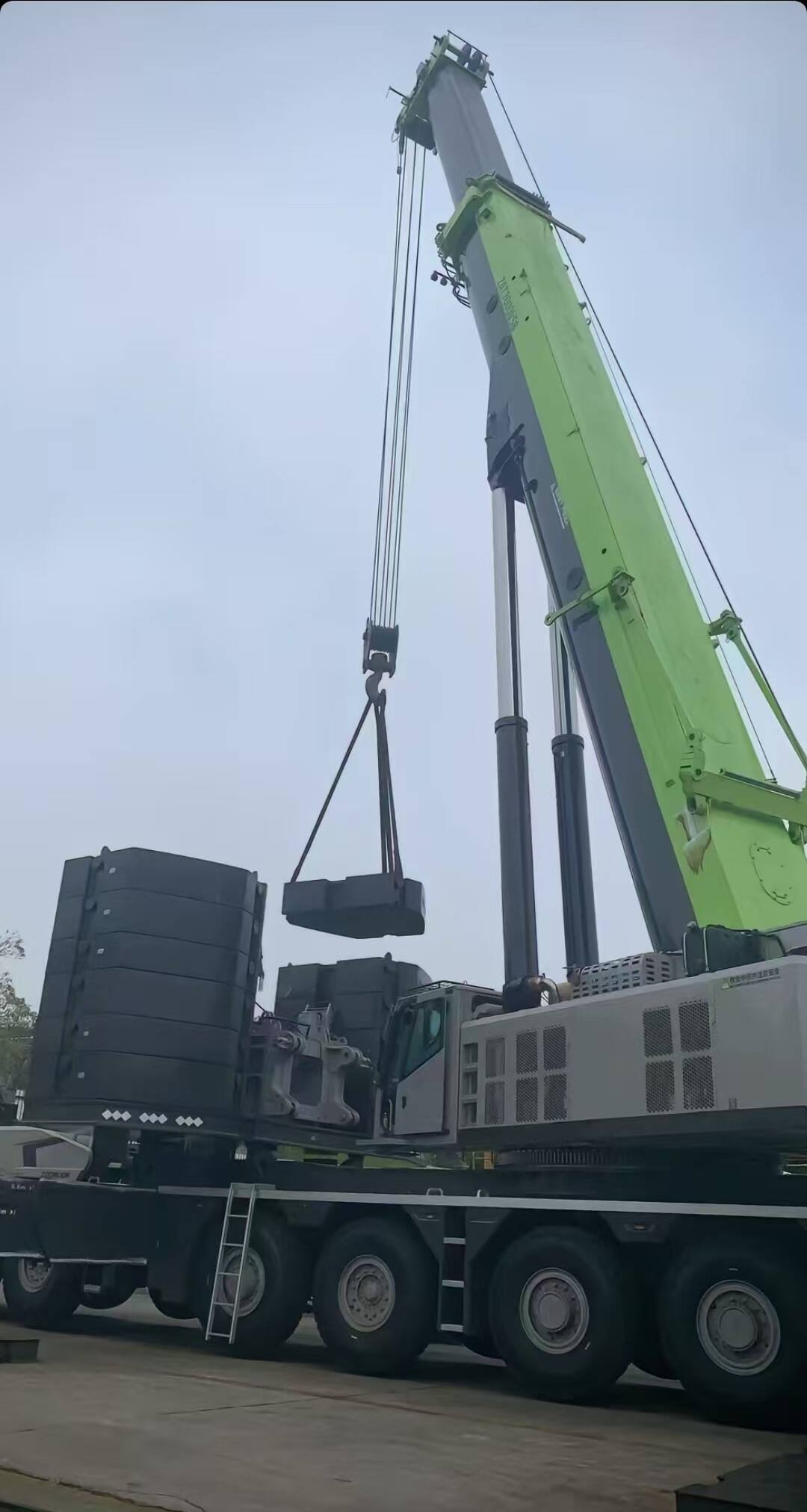Understanding Crane Types in Construction
The construction industry relies heavily on lifting equipment to move materials efficiently and safely. Among the most widely used lifting machines are tower cranes and mobile cranes. Each type serves a specific purpose and offers unique features suitable for various project demands. Knowing their differences can help project managers, engineers, and construction companies make the right decision when choosing equipment.
Structure and Design Differences
Tower Cranes Are Built for Height
Tower cranes are fixed to the ground or attached to buildings, making them perfect for high-rise construction. Their tall, vertical mast and long horizontal jib allow them to lift materials to great heights and move them across large distances. Due to their design, tower cranes are more stable in vertical lifting tasks and can handle heavier loads at great heights.
Mobile Cranes Offer Flexibility
Mobile cranes, as the name suggests, are mounted on vehicles. This makes them extremely versatile for different job sites. They can be driven directly to the site, set up quickly, and moved to another location when needed. Unlike tower cranes, mobile cranes are ideal for short-term projects or sites with limited setup space.
Load Capacity and Mobility
Tower Cranes Handle Heavy Loads at Height
One of the standout features of tower cranes is their capacity to lift heavy loads at extreme heights. They are engineered with counterweights and a firm base to provide maximum stability. These cranes often remain stationary throughout the project and are disassembled only after construction is complete.
Mobile Cranes Excel in Maneuverability
While mobile cranes may have a lower maximum lifting height than tower cranes, they shine in maneuverability. With hydraulic systems and telescoping booms, mobile cranes can be adjusted quickly for different angles and reach, making them suitable for a variety of lifting tasks, especially in confined areas.

Setup and Operational Requirements
Tower Cranes Require Extensive Setup
Setting up a tower crane is a complex process that may take several days. It often involves the use of additional cranes to assemble the main mast and jib. Tower cranes are anchored to concrete foundations or integrated into the structure of a building for stability.
Mobile Cranes Are Quick to Deploy
Mobile cranes require minimal setup and can often begin operation within hours of arriving on-site. Their compact nature allows for quick transitions between job locations, making them a preferred choice for fast-paced construction environments.
Cost Considerations
Tower Cranes Are Cost-Effective for Long-Term Projects
Although the initial cost of installing tower cranes can be high, they are a cost-effective solution for long-term or large-scale projects. Their efficiency in lifting materials to extreme heights helps streamline operations and reduce labor costs over time.
Mobile Cranes Offer Better Value for Short-Term Use
Mobile cranes are more economical for projects with short durations or smaller lifting needs. The ability to move them between sites also provides a cost advantage for companies managing multiple projects at once.
Project Suitability and Use Cases
Tower Cranes Dominate in Urban Skyscraper Projects
Tower cranes are commonly used in urban high-rise developments and major infrastructure projects where space is limited and height is a critical factor. Their high lifting range makes them essential for placing structural steel, concrete panels, and heavy equipment on tall buildings.
Mobile Cranes Serve a Wider Range of Applications
Mobile cranes are more suitable for residential construction, roadwork, bridge assembly, and even disaster recovery. Their adaptability makes them a go-to choice for contractors who need fast, flexible solutions.
Environmental and Safety Considerations
Tower Cranes Require Rigorous Safety Planning
Due to their size and fixed position, tower cranes require detailed site planning and strict adherence to safety regulations. Wind loads, ground conditions, and crane stability must all be taken into account to avoid hazards.
Mobile Cranes Offer Safer Options in Dynamic Environments
Because of their mobility and lower lifting heights, mobile cranes are often seen as safer options in less predictable or highly dynamic environments. Operators can reposition the crane to achieve better load angles or avoid overhead obstacles.
FAQ
What Are Tower Cranes Typically Used For?
Tower cranes are primarily used in the construction of tall buildings and major infrastructure projects. Their height and lifting capacity make them ideal for moving heavy materials vertically across large work zones.
Are Tower Cranes More Expensive Than Mobile Cranes?
Yes, tower cranes generally have higher setup and dismantling costs. However, they offer better long-term value for large, high-rise projects due to their efficiency in vertical lifting.
Can Mobile Cranes Be Used for Tall Buildings?
Mobile cranes can be used for tall buildings, especially during the early stages of construction or for temporary lifting. However, they cannot match the lifting height and load capacity of tower cranes over extended periods.
Which Crane Is Safer for Urban Use?
Both crane types follow strict safety guidelines, but tower cranes, when installed correctly, offer excellent stability in confined urban environments. Mobile cranes, however, offer flexibility and fast repositioning, which may enhance safety on dynamic sites.

